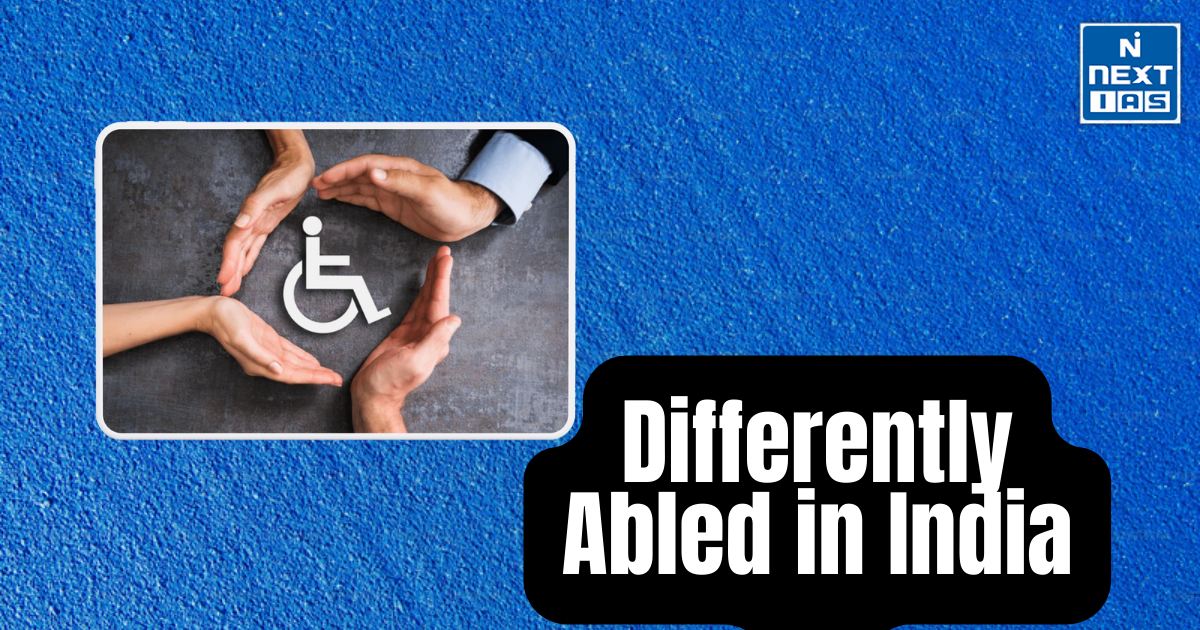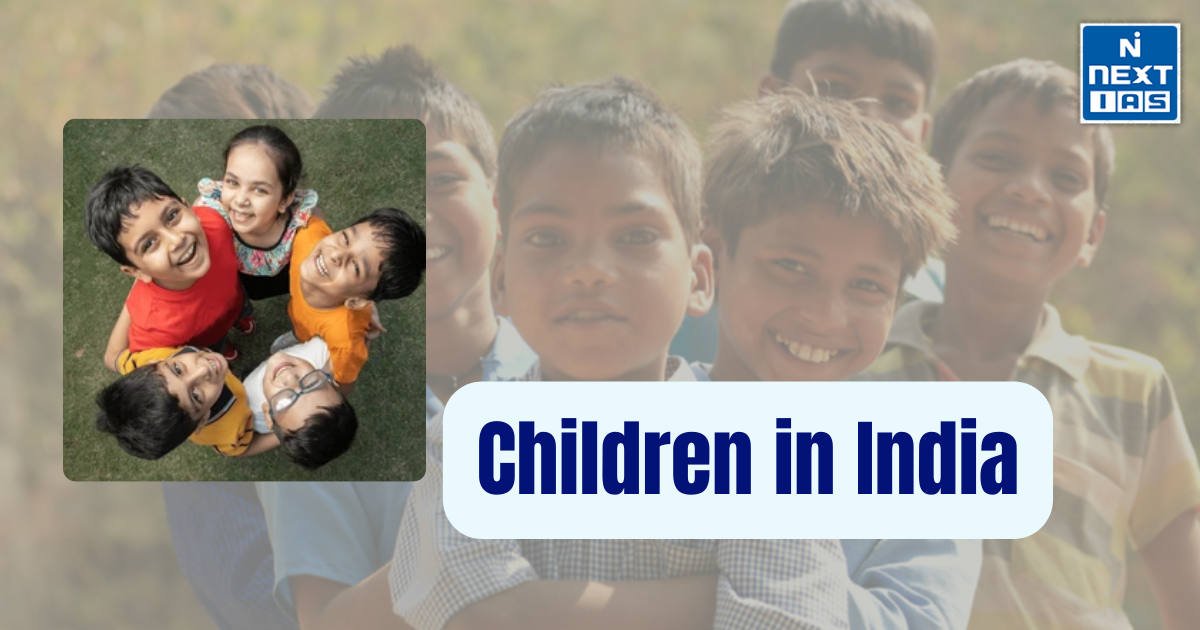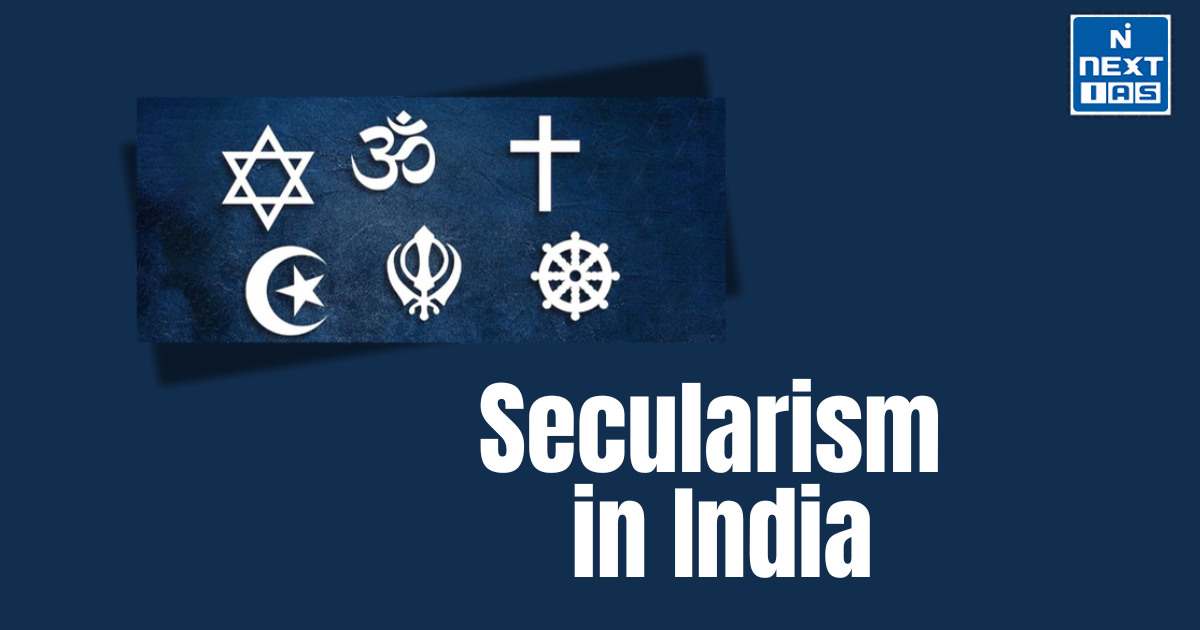
Female foeticide and infanticide refer to the deliberate abortion of female fetuses or the killing of girl infants, driven by societal preferences for male children. These practices severely impact the sex ratio and perpetuate gender inequality, hindering the progress of a balanced society. This article aims to study in detail the causes, consequences, legal framework, and solutions to address female foeticide and infanticide in India.
About Female Foeticide and Infanticide
- Female foeticide and infanticide are heinous practices rooted in deep-seated gender bias and cultural preference for male children in India.
- Despite advancements in education, technology, and gender equality movements, these practices persist, contributing to a skewed sex ratio and significant social repercussions.
What is Female Foeticide & Female Infanticide?
- Female Foeticide: The selective abortion of a female fetus after determining its sex, typically through illegal prenatal sex determination tests.
- Female Infanticide: The deliberate killing of a girl child after birth, often due to societal pressures or economic concerns.
Causes of Female Foeticide and Infanticide
Societal and Cultural Factors
- Patriarchal Mindset: Male dominance in family and society perpetuates the preference for sons.
- Dowry System: The tradition of dowry burdens families with financial obligations when raising daughters.
- Inheritance Laws: Cultural practices often deny daughters equal inheritance rights, reducing their perceived value.
Economic Factors
- Perceived Economic Burden: Girls are seen as financial liabilities due to dowry and limited earning potential in rural settings.
- Preference for Sons as Providers: Sons are considered future breadwinners and caretakers of aging parents.
Technological Misuse
- Ultrasound Technology: Advances in prenatal diagnostic tools, coupled with illegal sex determination practices, have fueled female foeticide.
- Lack of Regulation: Weak enforcement of laws allows such practices to flourish.
Lack of Awareness
- Low Literacy Levels: Limited education among women perpetuates ignorance about rights and the illegality of these practices.
- Cultural Conditioning: Deeply ingrained traditions and biases overshadow the understanding of gender equality.
Consequences of Female Foeticide and Infanticide
Skewed Sex Ratio
- India’s sex ratio (Census 2011) was 940 females per 1,000 males, with some states like Haryana and Punjab showing even more alarming figures.
- The imbalance creates societal issues such as increased violence against women and difficulty in finding marital partners.
Psychological and Emotional Impact
- On Mothers: Women are often coerced into aborting female fetuses, leading to trauma and mental health issues.
- On Families: Families experience long-term emotional guilt and societal judgment for such actions.
Social Repercussions
- Human Trafficking: A lack of women leads to trafficking and exploitation of girls for marriage.
- Cultural Decline: Disrespect for women weakens societal values and ethics.
Economic Setbacks
- A lower female population impacts labor force participation and economic productivity.
- Gender disparity limits overall societal progress.
Legal Framework to Prevent Female Foeticide and Infanticide
Key Laws in India
- The Pre-Conception and Pre-Natal Diagnostic Techniques (PCPNDT) Act, 1994: Prohibits sex determination tests and penalizes violations.
- The Dowry Prohibition Act, 1961: Addresses economic pressures that lead to daughter aversion.
- The Medical Termination of Pregnancy Act, 1971: Regulates abortion but prohibits selective abortion based on gender.
Implementation Challenges
- Weak enforcement and corruption undermine the effectiveness of these laws.
- Lack of awareness about legal provisions prevents effective deterrence.
Efforts to Address the Issue
Government Initiatives
- Beti Bachao, Beti Padhao (BBBP): Launched in 2015, this campaign aims to improve the child sex ratio and promote education and empowerment of girls.
- Sukanya Samriddhi Yojana: Encourages families to invest in the education and future of their daughters.
- Conditional Cash Transfer Schemes: Incentivizes families to raise and educate girl children, such as Ladli Yojana.
Role of Non-Governmental Organizations (NGOs)
- NGOs like Save the Girl Child and Nanhi Kali work towards awareness and education.
- Community outreach programs provide grassroots support and advocacy for gender equality.
Public Awareness Campaigns
- Media campaigns and advertisements challenge societal biases and promote the value of daughters.
- Local leaders and influencers advocate against discriminatory practices.
Recommendations to Eradicate Female Foeticide and Infanticide
- Strict monitoring of ultrasound clinics to prevent illegal sex determination tests.
- Swift and severe penalties for violators of the PCPNDT Act.
- Gender sensitivity education at schools to promote equality from a young age.
- Community workshops to educate families about the illegality and immorality of these practices.
- Skill development and employment opportunities for women to reduce their perceived economic dependency.
- Financial incentives for families to support the education of girl children.
- Public policies that ensure equal inheritance rights for women.
- Encouraging women’s representation in leadership roles to challenge societal norms.
- Use of Artificial Intelligence to track and identify misuse of diagnostic equipment.
- Online reporting systems to encourage anonymous complaints against violations.
Conclusion
Female foeticide and infanticide remain grave issues in India, reflecting the deep-rooted gender inequality in society. Tackling these practices requires a multifaceted approach involving stricter law enforcement, awareness campaigns, economic empowerment of women, and a cultural shift toward valuing daughters equally. Only by addressing these challenges can India ensure a balanced and progressive society where every girl is given the right to live, grow, and thrive.
GS - 2





